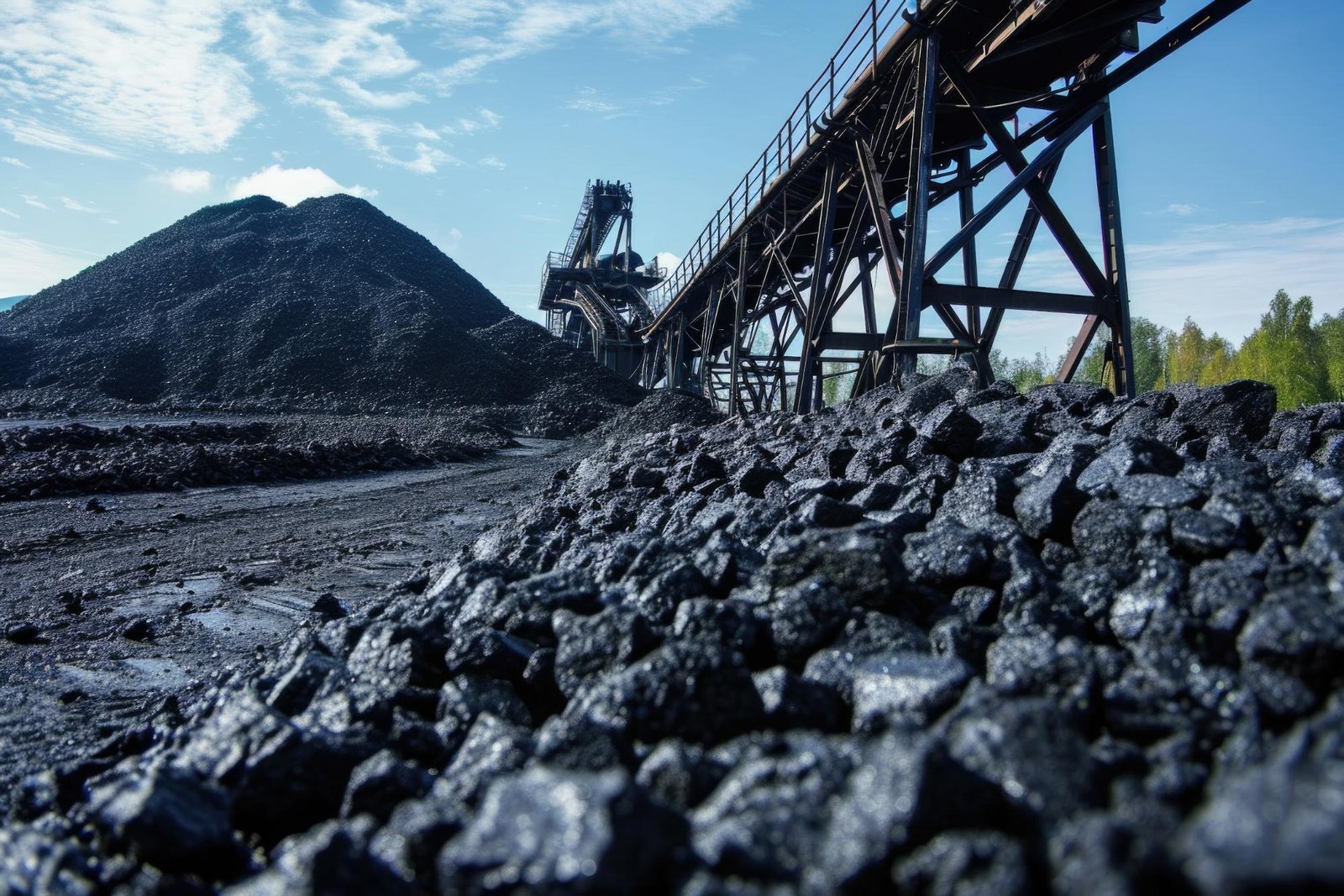India’s Top 5 Biggest Coal Mines: Giants Fueling the Nation’s Energy

India is one of the world’s leading producers of coal, a critical energy source powering industries, electricity generation, and economic growth. Behind this coal production feat, some massive coal mines stand out as true giants, fueling the nation’s energy demands year after year. Here’s a closer look at the top 5 biggest coal mines in India as of 2025, with insights into their scale, production, and significance.
1. Gevra Open Cast Mine, Chhattisgarh
Nestled in the Korba district of Chhattisgarh, the Gevra Open Cast Mine is nothing short of a behemoth. Managed by South Eastern Coalfields Limited (SECL), a Coal India subsidiary, Gevra churned out around 60 million tonnes of coal in 2023 alone. Opened in 1981, the mine has grown into India’s largest, employing state-of-the-art machinery that blends efficiency with environmentally conscious practices. Gevra’s contribution is staggering—it accounts for roughly 10% of the nation’s total coal output, making it a vital engine of India’s energy supply.
2. Kusmunda Open Cast Mine, Chhattisgarh
The Kusmunda Open Cast Mine is not far from Gevra and is another star in the SECL product-reducing crown. Achieving a production level of nearly 50 million tonnes in 2023, Kusmunda demonstrates the effectiveness of modern surface mining methods to reduce the environmental footprint while maximizing productivity. In operation until 2036, this mine again solidifies Chhattisgarh’s characteristics as the “heart” of India’s coal mining industry by supplying coal to power plants and industries across India.
3. Dipka Open Cast Project, Chhattisgarh
Still in Korba, the Dipka Open Cast Project adds to the area’s mining significance. Dipka Open Cast Project has produced about 35 million tonnes in 2023 alone, while fostering industrial and energy needs for decades. And even though their long-term plan indicates operations at least until 2047, India can take confidence in the level of thermal energy accommodated by Dipka for years to come.
4. Bhubaneswari Open Cast Project, Odisha
Heading east to Odisha, the Bhubaneswari Open Cast Project stands as one of the state’s most important mines. Producing roughly 30 million tonnes of coal in 2023, it plays a pivotal role in both regional and national energy supply. Odisha’s coal belt has long been known for its mineral wealth, and Bhubaneswari exemplifies how large-scale mining not only powers industries but also supports local communities through jobs and economic activity.
5. Jayant Open Cast Mine, Madhya Pradesh
Rounding out the top five is the Jayant Open Cast Mine in Madhya Pradesh, producing around 24 million tonnes of coal in 2023. Managed by Coal India, Jayant has been a dependable source for regional power generation and industrial growth. Expected to operate until 2034, it remains an essential part of India’s energy framework.
Conclusion
These five coal mines are more than industrial facilities—they are vital in India’s energy ecosystem. Covering Chhattisgarh, Odisha and Madhya Pradesh, they continue to feed power plants, support economies and keep industries running. Greater access to mining technology and focus on responsibility has resulted in these coal mines delivering energy for India while maximising on responsible practices. In a nation where energy security sustains growth, they are a major voice, and while they are physically large, their importance in shaping India’s industrial and economic direction is profound.
